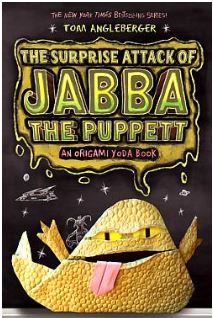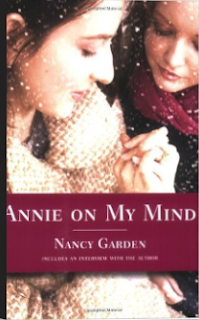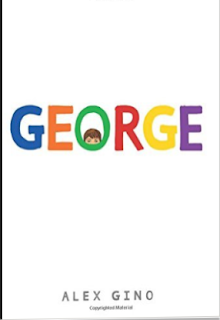Angleberger, T. (2013). The surprise attack of Jabba the puppet: an origami Yoda book. NY: Amulet Books.
With this installment from the Origami Yoda series, Dwight, Tommy and Sara are on a mission against a new enemy. They are taking on the Fun Time Education System. This system wants to raise standardized test scores. The gang does not enjoy the new videos or mascots, and drama, art, and band have been cancelled. The group turns to Origami Yoda for help. He tells them that they must come up with their own group and a plan to defeat their enemy. The students all come together with their own origami puppets to help battle. Dwight and the gang eventually find out that the school board dumped Fun Time Education System on them to comply with state regulations and then again to comply with the regulations from Washington, DC. The fight is big and must go on. As an educator, I could really identify with this book. It was silly, but spot on when I think about all the new regulations that educators and students struggle with today. I imagine this book could lead a student to that unconscious delight stage. The real world slips away, and the student gets lost in the silliness of this book. The graphics are fun, and the origami directions at the end are an added bonus.
This book could be used with grades 4-6.
To see folding instructions for Origami Yoda and Darth Paper, click HERE!













